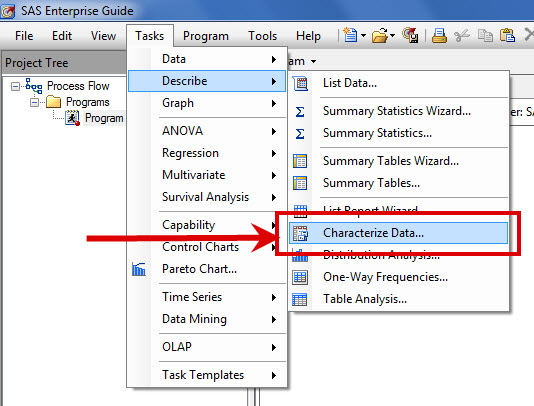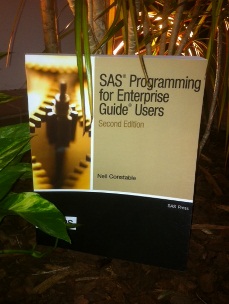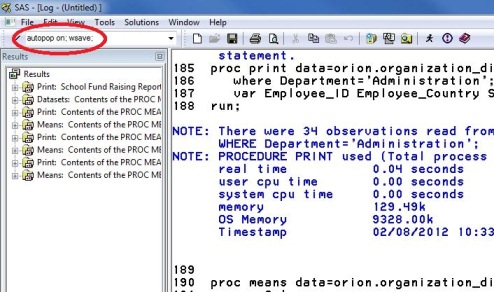SAS Learning Post
Technical tips and tricks from SAS instructors, authors and other SAS experts.
During IFSUG yesterday, Sunil Gupta gave attendees to his presentation a special homework assignment. Look into the SAS Enterprise Guide task 'Characterize Data'. Sunil suggested that this was a simple approach to quickly getting a summary of all the variables within your data table. Of course, some programmers will use

Today at IFSUG, Chuck Patridge presented a wonderful talk about how to complete fuzzy matching using BASE SAS tools. Chuck has been programming SAS since 1979 and has been tasked multiple times with coming up with in-house solutions to address business needs without the software costs that are typically associated

Neil Constable is a Principal Education Consultant at SAS in the United Kingdom, where he applies his extensive knowledge of Base SAS, SAS Enterprise Guide, and the SAS business intelligence tools. He's also the author of SAS Programming for Enterprise Guide Users, Second Edition--and this week's featured tip. You can get to know Neil

This question came up while helping my presales colleague with a client’s question: “Is Microsoft Excel in direct competition with SAS?” Not really. I like to think of SAS as partnering with Excel. Because of the following Excel benefits and its synergy with SAS. Excel has been around for years.
Unlike BASE SAS tables, OLAP cubes must exist in within the metadata in order to access from any of the OLAP Viewers. In addition to having some metadata OLAP cubes have a physical file structure presence (at least for MOLAP/HOLAP because it's a different story for ROLAP). When you refresh

How we love shortcuts. Our life seems more efficient with them. I try to take the earlier train for a good parking spot that lets me exit early. Actually change that to any spot (my train station has tons of commuters with FEW parking spaces so getting up early is the


